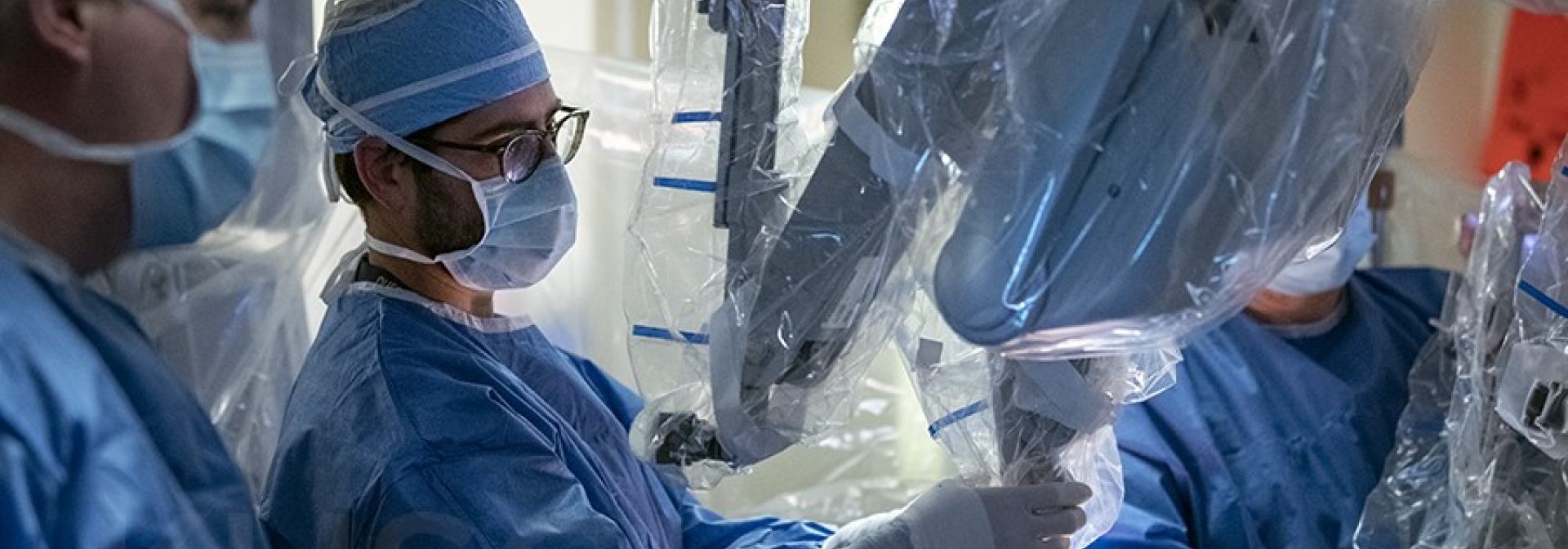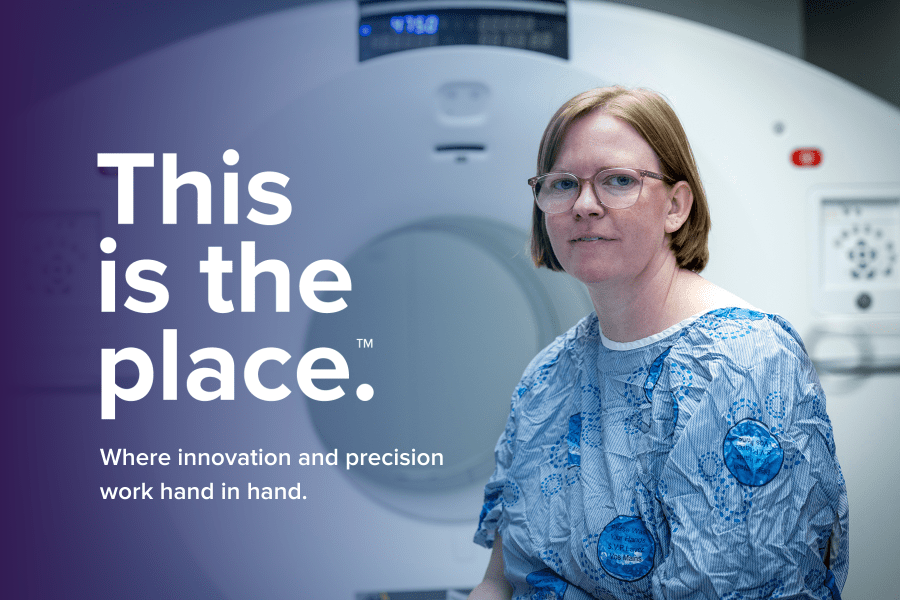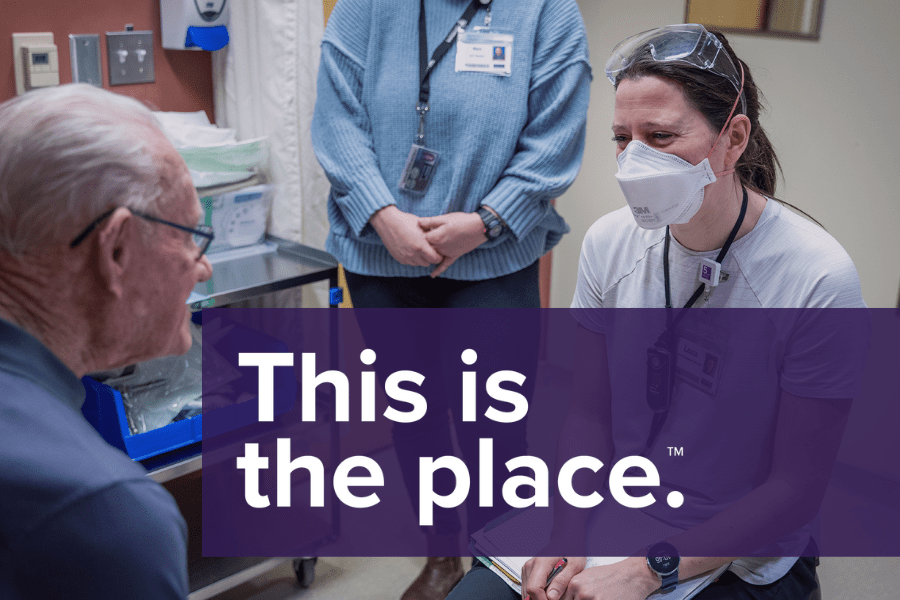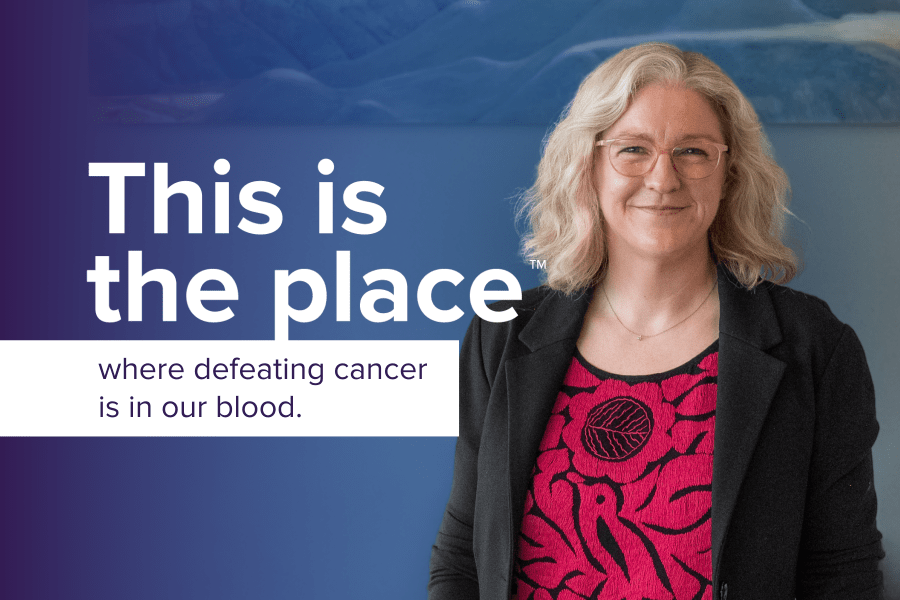Effective immediately masking is required for everyone when present on all inpatient units, in the Emergency Department (ED), the Urgent Care Centre (UCC), and the Children’s Outpatient Centre (COPC).
The cancer program at KHSC works with regional partners to provide care for over 550,000 patients from across southeastern Ontario, an area that ranges from Trenton to Smiths Falls.
KHSC offers experimental drug trials, radiation therapy, and high-complexity procedures like stem cell therapy. It supports satellite clinics and sets the standards of practice, all while training future generations of health care workers and contributing to life-saving research.
The cancer program at KHSC is driving innovation and making a real difference in the lives of patients.
Cancer care at KHSC, by the numbers
550,000+ patients supported in 8 different communities
7000 new patients seen each, on average, each year
1000+ treatments and procedures, including chemotherapy and immunotherapy, conducted yearly at satellite sites
2151 surgeries completed to treat cancer in 2023, 45 using surgical robotics
8327 radiation therapy procedures completed last year at KHSC
125 stem cell procedures completed annually, on average







